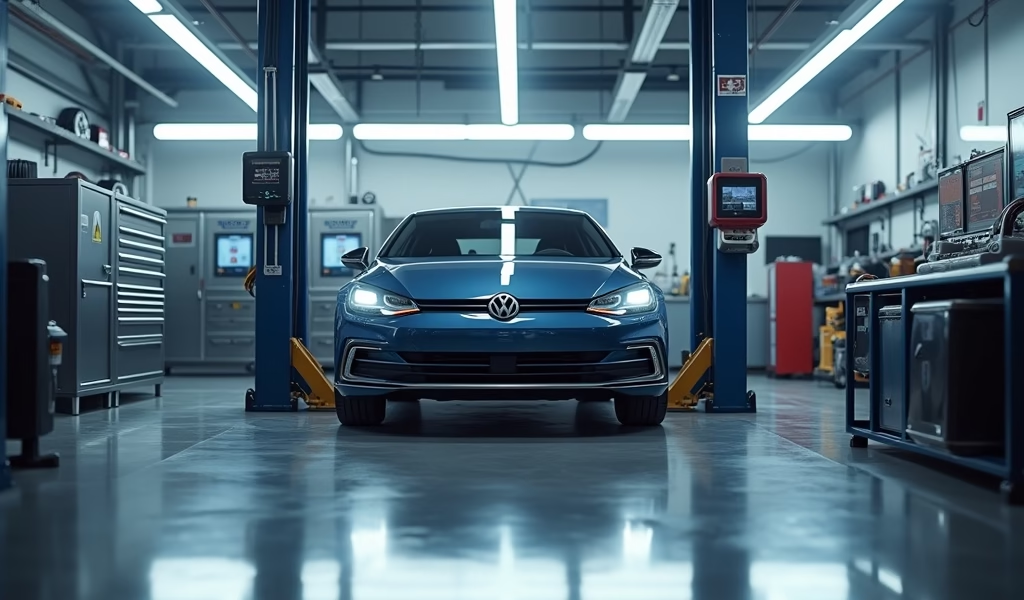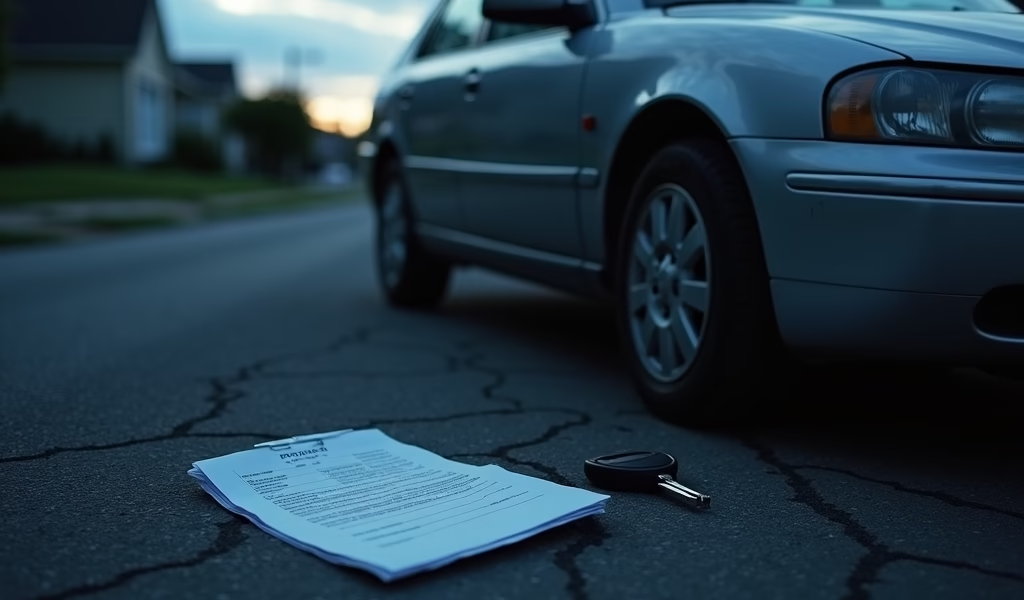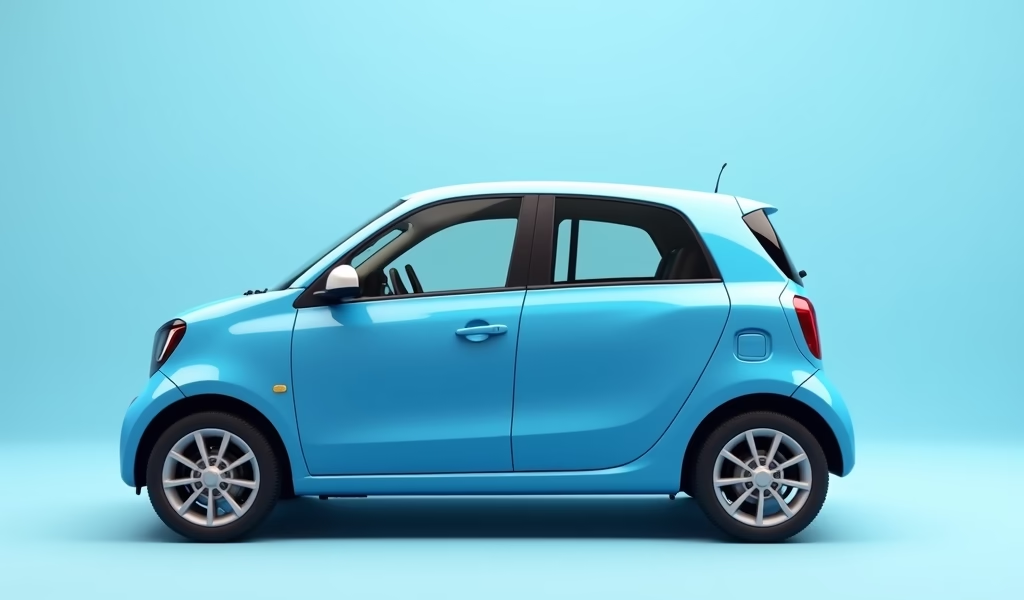Overview
This article provides essential guidance for new drivers seeking affordable car insurance, covering key strategies like joining parent policies, choosing insurance-friendly vehicles, and leveraging discounts for students and safe drivers. The piece outlines recommended coverage types, compares top insurance providers, and warns against common mistakes like underinsuring or skipping comparison shopping, noting that rates typically improve significantly around age 25 with continued safe driving.
Table of Contents
- Understanding Insurance Costs for New Drivers
- Best Insurance Companies for New Drivers
- Discount Opportunities for New Drivers
- Types of Coverage to Consider
- Parent Policies vs. Independent Policies
- Tips to Lower Insurance Costs
- Special Considerations for Different Types of New Drivers
- Common Mistakes to Avoid
- Conclusion
- Frequently Asked Questions
Understanding Insurance Costs for New Drivers
Looking for the cheapest car insurance for new drivers can feel like searching for a unicorn. Trust me, I’ve helped countless new drivers navigate this road, and it’s definitely bumpy at first. Insurance companies see inexperienced drivers as higher risks, and unfortunately, the data backs them up.
The cold truth is that new drivers pay more because statistics show they’re more likely to get into accidents. According to the Insurance Institute for Highway Safety, drivers between 16-19 years old are nearly three times more likely to be in a fatal crash than drivers 20 and older. Insurance companies aren’t being mean – they’re playing the numbers game.
While an experienced driver might pay around $1,500 yearly for full coverage, new drivers often face premiums between $3,000 to $10,000. Several factors influence these rates:
- Age (teens face the steepest rates)
- Where you live
- What vehicle you drive
- Your driving record (even a short one counts)
- Credit score
- Gender
- Coverage levels
Best Insurance Companies for New Drivers

Not all insurance companies view new drivers with the same skeptical eye. After years in this industry, I’ve noticed certain providers consistently offer better rates for the newly licensed. Here are the top five companies worth getting quotes from:
1. State Farm
State Farm often provides reasonable rates for young drivers, especially students with good grades. Their Steer Clear program can lead to additional discounts for drivers under 25. I’ve seen new drivers save hundreds compared to competitors.
2. Geico
Known for competitive rates overall, Geico offers several discount options that particularly benefit new drivers. Their user-friendly app makes policy management straightforward, which is perfect when you’re learning the insurance ropes.
3. Progressive
Progressive’s Snapshot program rewards safe driving habits, giving new drivers a chance to prove they’re safer than statistics suggest. The program monitors actual driving behavior rather than relying solely on demographic assumptions.
4. Liberty Mutual
Liberty Mutual offers specific discounts for recent graduates and young drivers affiliated with certain organizations. If you’re a member of an alumni association or certain employers, you might qualify for additional savings.
5. USAA
If you have military connections, USAA typically offers excellent rates for new drivers within eligible families. Their customer satisfaction ratings are consistently among the highest in the industry.
When comparing these options, look beyond just the price. Consider each company’s claims satisfaction ratings, customer service reputation, and digital tools. Cheap car insurance for new drivers doesn’t mean much if the company makes you jump through hoops for claims.
Discount Opportunities for New Drivers
Insurance companies offer various discounts that can significantly reduce costs for new drivers. Here are the ones you should actively pursue:
Good Student Discounts
Maintaining a “B” average or higher can save you up to 25% with many insurers. Insurance companies have found that responsible students often make more responsible drivers. I’ve seen this discount cut premiums by $300-500 annually for teen drivers.
Defensive Driving Course Discounts
Completing an approved defensive driving course demonstrates your commitment to safe driving and typically reduces premiums by 10-15%. These courses often cost less than $100 but can save you hundreds over time.
Usage-Based Insurance Options
Programs like Progressive’s Snapshot, Allstate’s Drivewise, or State Farm’s Drive Safe & Save monitor your actual driving habits through an app or device. Safe driving can lead to discounts of up to 30% for cautious new drivers.
Multi-Policy Discounts
Bundling renters or homeowners insurance with your auto policy typically saves 5-25%. This is especially useful for college students or young adults getting their first apartments.
Vehicle Safety Feature Discounts
Anti-theft devices, anti-lock brakes, daytime running lights, and other safety features can each trigger small discounts that add up. When car shopping, keep an eye out for these features – they’ll pay for themselves over time.
Types of Coverage to Consider
While it’s tempting to choose minimum coverage to keep costs down, this approach can backfire if you have an accident. Here’s what you should consider:
Liability Coverage
This covers damage you cause to others and is legally required in most states. Minimum requirements (often written as 25/50/25) are rarely sufficient to protect your assets in a serious accident. If you cause significant injuries, minimum coverage could leave you personally liable for hundreds of thousands of dollars.
Collision Coverage
This pays for damage to your vehicle after an accident, regardless of fault. If you have a loan or lease, this is typically required by the lender. Even with older vehicles, this coverage can be worth it for new drivers who might not have savings to replace a car.
Comprehensive Coverage
This covers non-accident damage like theft, vandalism, or natural disasters. It’s relatively inexpensive compared to collision coverage and provides significant peace of mind.
For new drivers, I recommend at least:
- 100/300/100 liability coverage
- Collision and comprehensive with a deductible you can afford
- Uninsured/underinsured motorist coverage matching your liability limits
Deductible Considerations
Choosing a higher deductible (the amount you pay before insurance kicks in) will lower your premium but increase your out-of-pocket costs if you file a claim. New drivers should be realistic about their ability to pay a high deductible if needed. I typically recommend a $500 deductible as a good balance for most new drivers.
Parent Policies vs. Independent Policies

One of the most significant ways new drivers can save is by joining an existing family policy rather than purchasing independent coverage.
Benefits of Staying on Parents’ Policy
Joining a parent’s policy offers several advantages:
- Access to multi-car discounts
- Benefit from parents’ driving history and established relationship with the insurer
- Often 40-60% cheaper than an independent policy
- Ability to build insurance history without full financial responsibility
I’ve seen families save thousands by keeping young drivers on the family policy rather than setting up separate coverage.
When Independent Policies Make Sense
Sometimes going solo is necessary or beneficial:
- When you live separately from parents
- If you own your vehicle outright
- When parents have poor driving records that increase family premiums
- If you’re financially independent and building your own credit history
Tips to Lower Insurance Costs
Beyond discounts and policy choices, these strategies can help minimize your insurance expenses:
Choose Your Vehicle Wisely
That sports car might turn heads, but it will also turn your premium into a budget-buster. Choose vehicles known for safety, reliability, and lower insurance costs. Four-door sedans and small SUVs with good safety ratings typically cost less to insure than sports cars or luxury vehicles.
Before buying any car, get insurance quotes first. I’ve seen new drivers face sticker shock when they discover their dream car costs $3,000+ yearly to insure. Cheapest car insurance for new drivers under 25 often comes with driving less flashy vehicles.
Build Your Credit Score
Many insurers use credit scores as a rating factor. Maintaining good credit can significantly reduce your premiums over time. In some states, the difference between poor and excellent credit can affect rates by up to 70%.
Keep That Record Clean
Every ticket and minor accident can raise rates substantially for new drivers. Avoid speed traps, put the phone away, and drive defensively. According to Insurance Journal, a single speeding ticket can increase rates by 20-25% for new drivers.
Shop Around Regularly
Insurance pricing algorithms change frequently, and companies compete differently in different markets. Get at least three quotes every six months during your first few years of driving. The company offering the best rate when you first start driving may not be the best option a year later.
Special Considerations for Different Types of New Drivers
Teen Drivers (16-19)
Parents of teen drivers should specifically ask about:
- Good student discounts
- Driver training discounts
- Occasional driver status if the teen uses the car infrequently
- College student away-from-home discounts
Some insurers also offer teen-specific programs like Allstate’s teenSMART or State Farm’s Steer Clear that can provide substantial savings.
College Students
College students should consider:
- Maintaining coverage even during school breaks
- Location-based adjustments if attending school in a different state
- Distant student discounts if you leave your car at home
Many insurers offer significant discounts for college students who keep their cars at home while attending school more than 100 miles away.
New Adult Drivers
If you’re getting your license later in life, emphasize:
- Other responsibility factors like employment stability and credit
- Advanced driving courses
- Starting with a used, insurance-friendly vehicle
Mature new drivers often face fewer rate increases than teens, as insurers recognize that adult judgment often translates to safer driving decisions.
Immigrants with Foreign Driving Experience
New residents with driving experience from other countries should:
- Obtain an International Driving Permit if possible
- Provide documentation of driving history from your home country
- Consider insurers specializing in coverage for recent immigrants
Some companies will recognize foreign driving experience if properly documented, potentially saving you hundreds annually.
Common Mistakes to Avoid
Underinsuring to Save Money
Choosing minimum coverage might save money monthly but can lead to financial catastrophe after an accident. A serious injury claim can easily exceed $100,000, and you’ll be personally responsible for anything beyond your policy limits.
I’ve seen new drivers opt for minimum coverage only to face bankruptcy after causing a significant accident. The few hundred dollars saved on premiums isn’t worth the risk of financial ruin.
Not Shopping Around Enough
Loyalty rarely pays in insurance. Different companies rate risk factors differently, and price variations can be extreme for new drivers. I once helped a new driver find coverage for $2,200 less annually than their initial quote just by shopping around.
Ignoring Potential Discounts
Many discounts require you to ask for them explicitly. Make sure you’re getting every discount you qualify for. Create a checklist of possible discounts and specifically ask about each one when getting quotes.
Choosing High-Insurance Vehicles
That used luxury car might be surprisingly affordable to purchase, but insurance costs can make ownership a financial nightmare. Always check insurance costs before buying any vehicle – sometimes the $2,000 more affordable car costs $1,500 more annually to insure.
Conclusion
Finding the cheapest car insurance for new drivers takes work, but the savings are worth it. While inexperienced drivers inevitably pay more for coverage, smart shopping and strategic decisions can save thousands annually. Focus on maintaining a clean driving record, leveraging all available discounts, and regularly comparing options as your driving experience grows.
Remember that insurance rates typically decrease significantly at age 25 and continue to improve with each year of safe driving. What seems like an overwhelming expense now is a temporary challenge that becomes more manageable with time and experience.
Start by gathering quotes from our recommended insurers, making sure to apply for every discount you might qualify for. Your wallet will thank you, and you’ll drive with confidence knowing you have appropriate coverage at the best possible price.
Frequently Asked Questions
How much does car insurance typically cost for a first-time driver?
First-time drivers typically pay between $3,000-$10,000 annually for full coverage insurance. The exact amount depends on age, location, vehicle type, and whether you’re on your own policy or a parent’s.
At what age does car insurance get cheaper?
Car insurance rates typically begin dropping noticeably around age 25 if you maintain a clean driving record. Most drivers see gradual decreases every year from ages 25-65 as long as they avoid accidents and tickets.
Is it cheaper to be on my parents’ insurance or get my own?
Staying on your parents’ insurance is almost always cheaper, often by 40-60%. This approach allows you to benefit from their driving history, multi-car discounts, and established relationship with the insurer.
Which cars are cheapest to insure for new drivers?
Four-door sedans and small SUVs with good safety ratings are typically cheapest to insure. Specific models like Honda Civic, Toyota Corolla, Subaru Outback, and Mazda CX-5 frequently offer lower premiums for new drivers.
How can I get the biggest discounts on my insurance as a new driver?
The most impactful discounts for new drivers include good student discounts (up to 25%), defensive driving courses (10-15%), usage-based insurance programs (up to 30%), and multi-policy discounts (5-25%). Always ask insurers specifically about each discount category.

